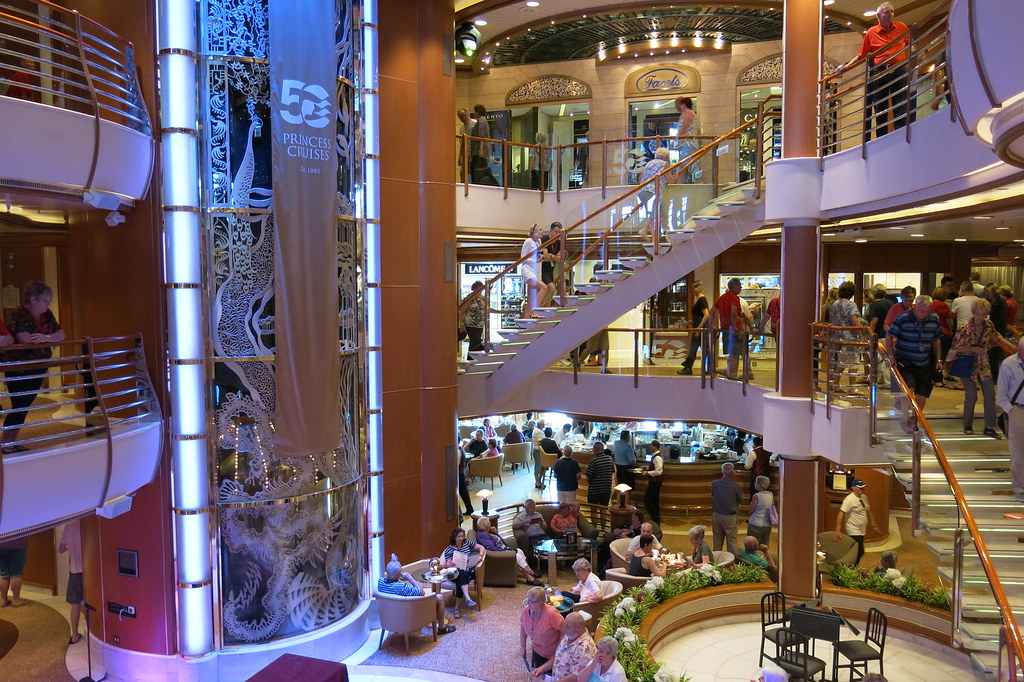THE CENTRAL COAST OF NSW
Sydney's northern playground has returned
By Michael Osborne with Dallas Sherringham
Back last century, when our parents could afford to take us on holidays from Sydney, we usually went to the Central Coast. I can remember Pearl Beach, the Entrance and Avoca.
Following an invitation from Central Coast Tourism, we made the short drive from Sydney and headed for Avoca Beach.
Our choice of accommodation was the Avoca Palms Resort as it was ideally situated only a short walk to the beach and next to the shopping precinct.
Each of the fully self-contained and serviced, three and four bedroom units had views across the park to the lake and ocean.
Self-accommodated units are fast becoming the main choice of mature travellers, where you can control your costs.
Although we did go out for an evening meal, the delight of sitting on a sun drenched balcony, eating our breakfast, while watching the sun rising over the ocean, could not be faulted.
The actual size of each unit was impressive and except for personal items, almost everything we needed was waiting for us. The undercover secure car park is also a bonus feature.
What also adds to the experience is the friendliness and professionalism of the managers, Megan and Brett Rowe. Since taking over they have ensured that as a resort style accommodation, their guests have almost everything on hand, making it possible to spend your entire visit at the resort.
We suggest that you visit their web site and ask about their very special midweek dealswww.avocapalmsresort.com.au
OUT AND ABOUT
A little research and. wow we just didn't realise how the tourist scene had changed. Just go the official web site; www.visitcentralcoast.com.au and you will be able to find so many interesting aspects, a week’s visit would not be sufficient.
Here are a few of the recommended activities:
FIVE WALKING ADVENTURES
This is an ideal way to take a deep breath and go for a hearty walk in the crisp air. You can enjoy a mid-year commune with nature, something most people only think about in summer. Boasting seven National Parks and a number of State Recreation Areas, where should you start?
1. Five Lands Walk - 9 km - Macmasters Beach to Terrigal
For more information or to register: www.5landswalk.com.au
2. UNESCO World Heritage Listed, Old Great North Road, Dharug National Park
3. Bouddi Coastal Walk - 8 km - Bouddi National Park
4. Coast Walking Track - 3.5 km - Wyrrabalong National Park (South)
5. Moonee Beach Trail - 3 km - Munmorah State Conservation Area
www.nationalparks.nsw.gov.au
DINING ON THE COAST
From snacks and fast food, from great dining rooms in licensed clubs, to fine dining in restaurants and hotels, it is all here.
For a special treat, we decided to try The Crowne Plaza Terrigal and the legendary Seasalt Restaurant. We knew it was going to be an exciting event, as soon as we arrived and were ushered to our reserved table. The very friendly and as turned out, very efficient staff had us relaxed and looking forward to the mostly recommended meals we had ordered.
The food was well supported by an extensive wine list. The wine we chose was not available, but they were able to suggest another 3 or 4 similar ones, much to our delight.
The a la carte menu promotes the fresh local produce, with seafood a highlight. If we had known and had the time, we would have undertaken the degustation menu. It is a mouth-watering treat that excites the weariest of taste buds
The Crowne Plaza is also noted for its accommodation, spas and bars and shopping precinct.
KEN DUNCAN GALLERY
Ken Duncan was recently described by A Current Affair as an “Iconic Australian image maker”.
Ken has been at the cutting edge of Australian landscape photography for more than 25 years and is well known for his passion to be constantly pioneering new frontiers within the photographic world.
Thanks to Ken’s ongoing quest for excellence, the Central Coast now boasts the largest privately owned photographic gallery in Australia.
The complex also houses a state of the art theatre and The Sanctuary Café – all in a delightful bushland setting with an atmosphere of peace and tranquillity. Within this expansive, purpose-built facility, Ken has created an entirely new experience that encompasses the arts of stills photography, moving images and food. www.kenduncan.com
Visit the Central Coast's official web site; www.visitcentralcoast.com.au and like us, have a wonderful time on The Coast.






















